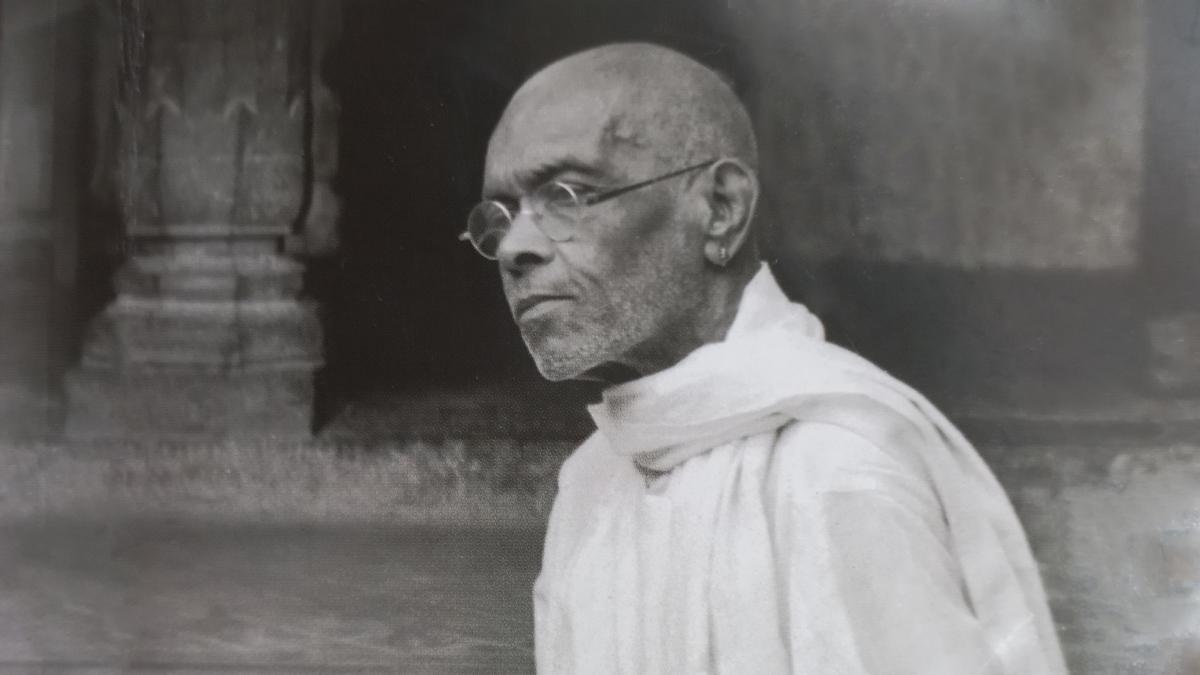
A poet who turned epigraphist and helped in the understanding of history
The Hindu
A poet who turned epigraphist and helped in the understanding of history
The Tamil world knows him as a poet and the honorific title, Kavimani, says it all. But Kavimani Desigavinayagam Pillai was also an epigraphist and essayist, who had published many research papers based on his studies in Tamil and English.
One of his famous essays was on the Chola period inscription, Kanthalur Salai Kalamarutharuli, which talks about Raja Raja’s battle against the Chera kingdom. Though his findings were proved wrong by subsequent discoveries, his article remains a reference point for the historians.
“In his last days, Kavimani did not like himself to be called a poet. He wanted to be identified as an epigraphist,” writes A.K. Perumal, editor of Kavimani Katturaikal (Kavimani’s Essays).
Mr. Perumal says Kavimani, who had authored Marumakkal Vazhi Manmiyam, translated Edwin Arnold’s The Light of Asia (Asia Jothi) and the works of Omar Khayyam, and pursued epigraphy when he was a teacher in Thiruvananthapuram. Citing the experience of writers and Tamil scholars who witnessed Kavimani’s departure from poetry to epigraphy, Mr. Perumal gives a clear idea — in his preface to the book — about the life of Kavimani as an epigraphist.
Writer Pe. Na. Appusamy had once requested him to write a few poems for the souvenir of the Delhi Tamil Sangam and sent him Walt Whitman’s poetry collection and other works. But Kavimani failed to deliver what was expected of him. “He had delved deep into the study of epigraphy and archaeology. I took advantage of our friendship and wrote a strong letter that it was his duty to write poems for children. But he responded that he had developed headaches while writing poems,” recalled Appusamy.
Tamil scholar Ki.Va. Jagannathan also had the experience of meeting Kavimani the epigraphist. “When our conversation veered towards historical research from poetry, Kavimani became more enthusiastic. There was a brightness in his eyes,” Jagannathan wrote in the souvenir.
Kavimani describes sasangal (documents) as the light that explains the ancient history shrouded in darkness. Sasangal, according to him, are palm leaf manuscripts, inscriptions, and copper plates. “Knowing the ancient history and customs is not easy. One should have a good knowledge in vattezhuthu, kolezhuthu, granthalibi, malayamai and local dialects. Above all, a researcher should keep aside his personal opinion and should be driven by the desire to find the truth,” he writes about the study of inscriptions.













